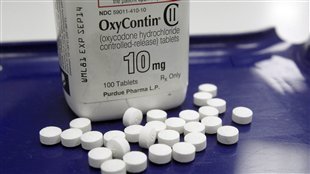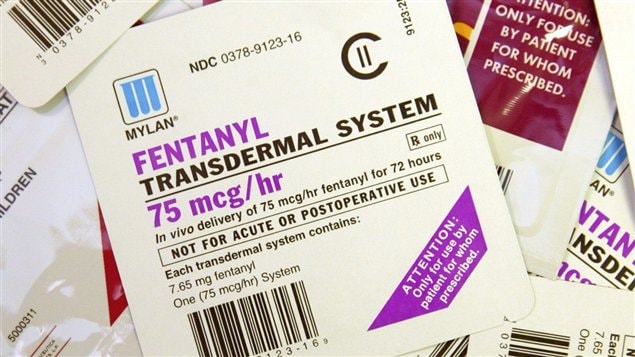“This is a very, very dangerous drug and it ought not to be used for recreational purposes,” warns Chief Mark Mander, chair of the Canadian Association of Police Chiefs’ drug abuse committee. “It’s specifically designed to control…severe pain and it’s not a drug that you want to play with.”

Deaths linked to fentanyl
253 deaths in the province of Ontario between 2009 and 2011 were linked to fentanyl, an opioid-based prescription drug that Mander says is roughly 100 times stronger than morphine.
The drug comes in a time-release patch which is supposed to be applied to the skin. Instead dealers cut it into smaller pieces and there is no way of knowing the concentration of any particular piece, says Mander.
“They’re cutting these patches and taking a little piece and putting it on their tongue. So if you get a piece that has very little medication you might think ‘well that’s not too bad’ and ‘let’s try it again.’ And you try another piece of the patch that has a lot more medication and subsequently people are succumbing.”
Removal of oxycontine fuels demand
People may be seeking fentanyl more since authorities recently pulled another painkiller, oxycontin, off the shelves and substituted the drug in a form that is more difficult to abuse.
To get fentanyl, people sometimes feign illness and trick doctors into prescribing it or they may steal it from sick relatives or nursing homes.

“You’ll stop breathing”
People, police and health authorities need to be aware of the problem, says Mander so they can be on the lookout for drug abusers. He warns anyone with an addiction should get help and not take fentanyl and risk the danger of an overdose.
“It’ll just shut your system right down. Your whole system will just turn off. You’ll stop breathing.”







For reasons beyond our control, and for an undetermined period of time, our comment section is now closed. However, our social networks remain open to your contributions.